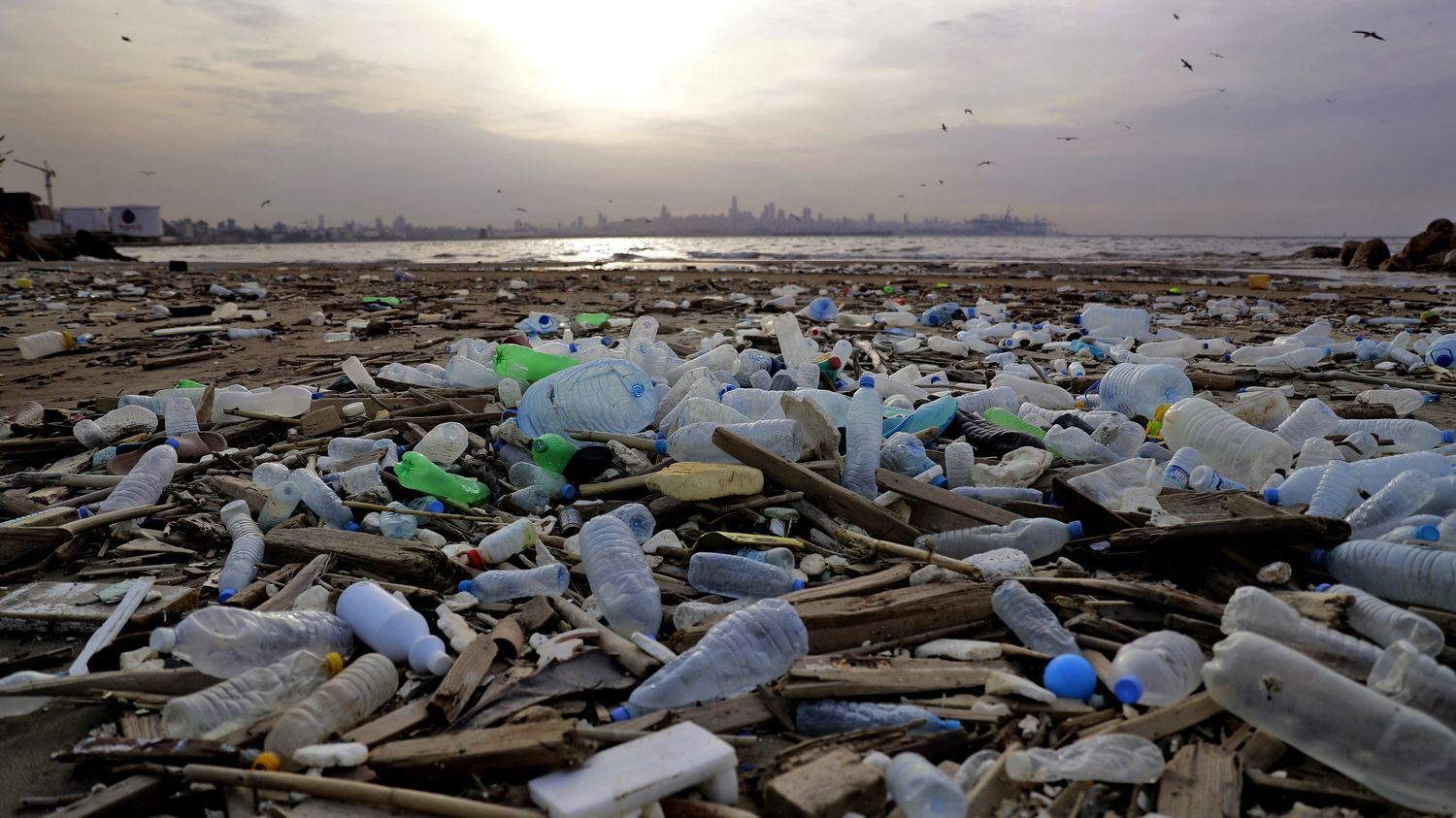Plastic-eating bacteria and fungi have been spotted in Dafeng, eastern China, on what is called a “plastisphere”. A pile of plastic waste on which proliferate all kinds of microorganisms.
A team of British researchers has spotted in Dafeng, in eastern China, a total of 240 species of fungi and bacteria capable of degrading polyesters and polyurethanes in particular. This discovery confirms the potential of these microorganisms to help us eliminate this waste.
To date, more than 400 species of plastic-eating fungi and bacteria have already been identified around the world and by taking inspiration from their enzymes (the chemical molecules they use to break down matter), scientists hope to be able to accelerate the plastic degradation process, which naturally takes several decades to disappear.
>> Plastic pollution in the world’s oceans has reached “unprecedented levels”, study finds
9% of plastic waste recycled
This type of chemical degradation will ultimately be more effective than the mechanical recycling that we knowPlastic recycling is actually very limited today: only 9% of plastic waste is recycled worldwide, 25% in France.
Iadvantage of chemical recycling, cis that even if bacteria and fungi do not completely destroy plastic, they already have the precious ability to break it down into tiny molecules of the basic monomers, which can then be reused to make new objects. PPotentially, this is therefore the promise of infinite recycling of plastic, as if we were starting from oil, but the big limit is that, for now, the gluttonous enzymes break down only a very small minority of plastic. IWe must therefore, in any case, rethink our use of packaging.
A treaty in sight
A global treaty against plastic pollution is being negotiated, çIt is taking place under the aegis of the UN and further discussions are due to take place in Paris next week. 193 countries will meet to try to establish this first international treaty against plastic pollution. This will target production as well as the use of plastic or recycling obligations.
The aim is to achieve a legally binding treaty by the end of 2024. Because so far, despite the measures already taken, the amount of plastic in the oceans has still increased by 50% over the last five years.
